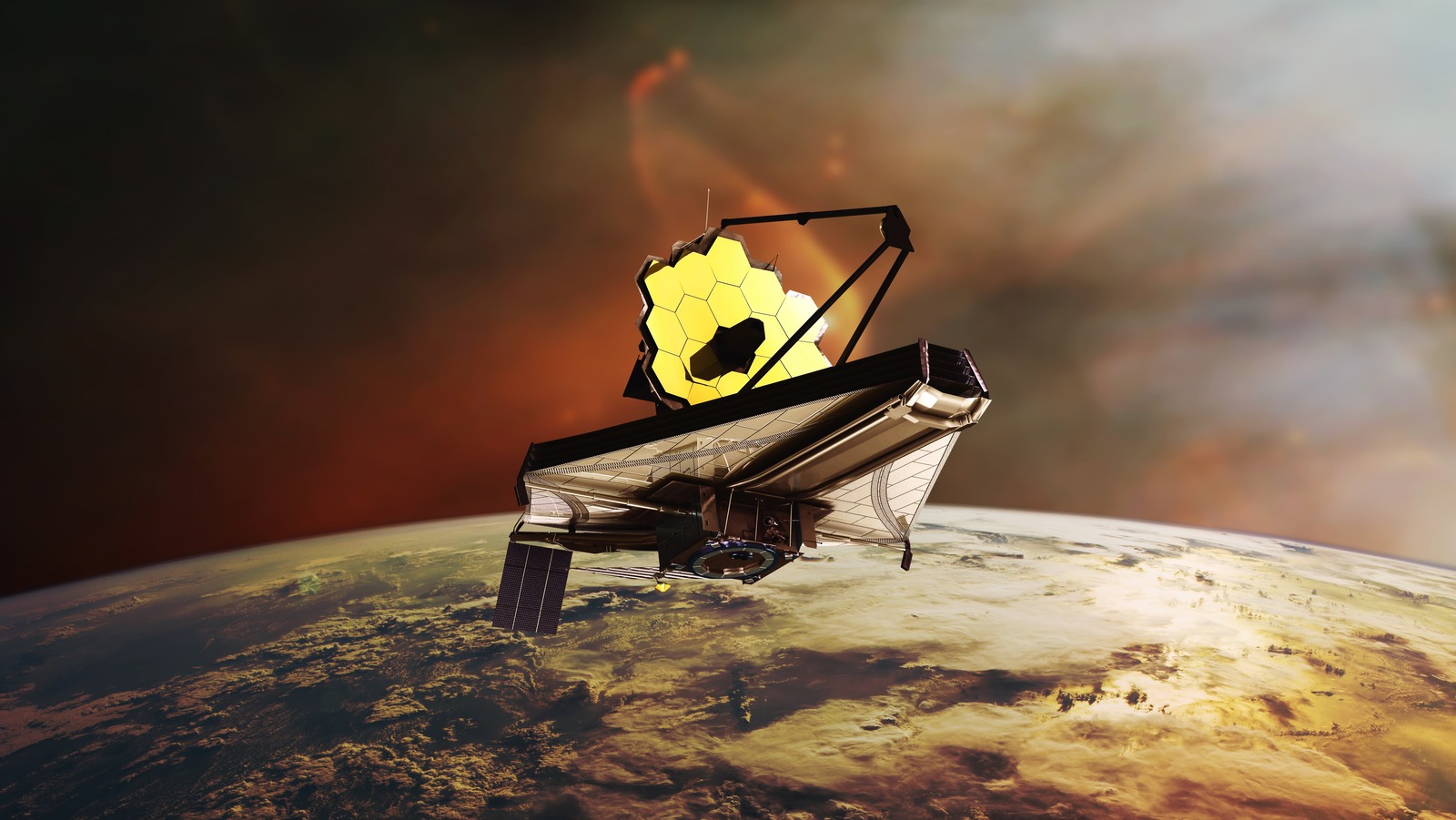James Webb Space Telescope’s Massive Images Are Stored On A Tiny SSD

One of the most significant differences between the Hubble Space Telescope and the James Webb Space Telescope is the staggering amount of data collected between the two. While the aging Hubble struggles to generate anywhere between 1 to 2 GB of data on a daily basis, the JWST can output up to 57GB of data each day!
More interestingly, all this data is stored locally on a 68GB Solid State Drive (SSD) before it is beamed down to the Earth. This local storage capacity is important because the JWST isn’t always “in contact” with the Earth. Akin to most earth-bound SSDs, you do not get to use all the claimed 68GB of claimed storage capacity. Instead, this drive can store around 65GB of data at once, almost 3GB of space is taken up by other functionalities that could range from telemetry and engineering data. If things weren’t complex enough, this storage space is expected to go down even further — to an estimated 60GB — in a little over a decade from now. This will mostly happen due to the combined effects of radiation exposure and normal wear and tear.
The current capacity of the JWST’s onboard SSD is enough to collect 24 hours’ worth of data. The telescope will, however, need to transfer this data to the Earth at the next possible opportunity to ensure that the onboard SSD does not run out of space. All things said, isn’t it interesting to note that one of the most advanced pieces of equipment ever sent into space uses components that everyday people have in their desktop computers right this minute?
For all the latest Games News Click Here
For the latest news and updates, follow us on Google News.
